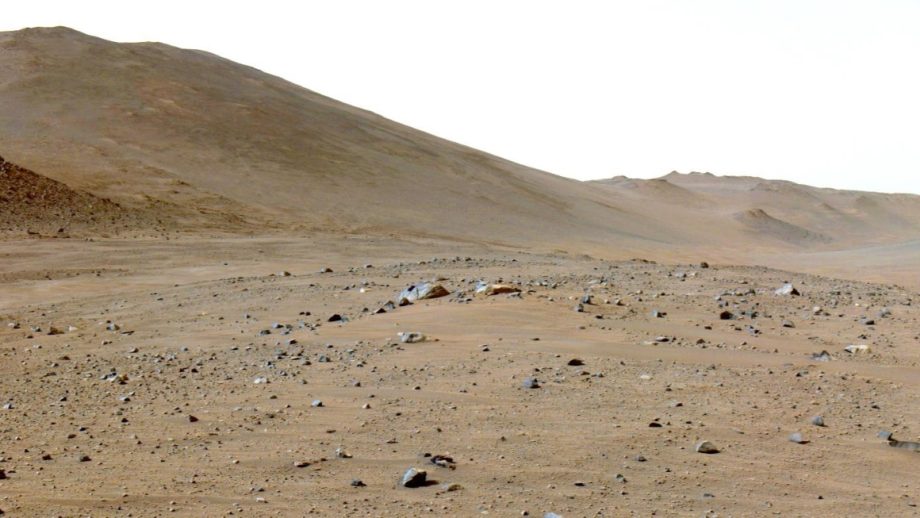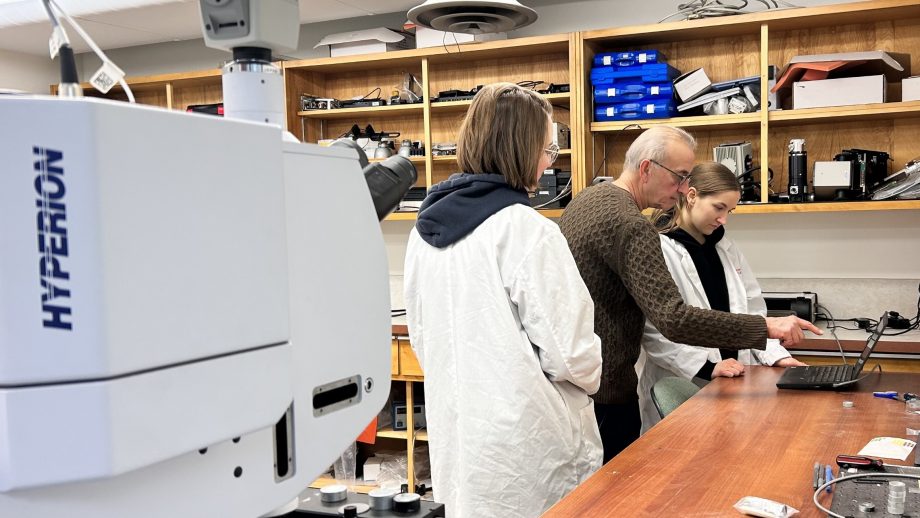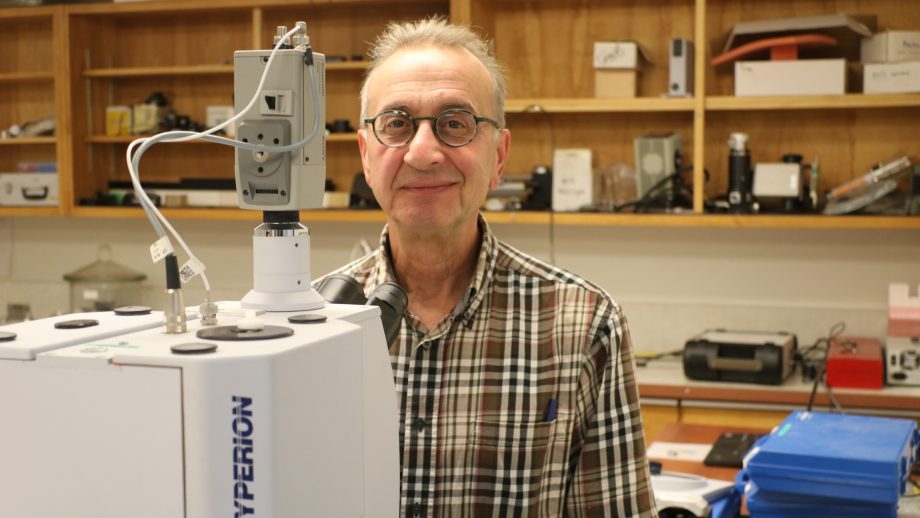University of Winnipeg Professor Dr. Ed Cloutis and his team of students have partnered with Mission Control Space Services in the development and deployment of a terrain classifier, MoonNet. This cutting-edge software payload is flying to the moon with the ispace HAKUTO-R Mission 1 lander.
UWinnipeg’s Centre for Terrestrial and Planetary Exploration is excited to be a partner with Mission Control in this pioneering lunar mission. We look forward to working together to advance our ability to explore the Moon now and into the future.
Dr. Ed Cloutis
Supported by a grant from the Canadian Space Agency, this historic mission sees MoonNet, as well as the UAE’s Mohammed Bin Rashid Space Centre rover, known as Rashid, launching on a SpaceX rocket from the United States and delivered to the Moon by ispace Inc., a Japanese spacecraft technologies company.
Mission Control subcontractor Xiphos Technologies provided a modern flight computer, which hosts MoonNet, an artificial intelligence application that will classify types of lunar geological features visible in images captured by Rashid as it drives around the lunar surface.
The outputs of the AI will be transmitted to a cloud-based Mission Control platform, from which mission data will be distributed to the science operations team. This will enable the mission’s science team to support a variety of experiments and support its navigation decisions in real time.
For Cloutis and team, access to the data from MoonNet following the mission will allow for the identification of interesting geological targets to guide mission operations for future lunar missions.
“It’s been a pleasure working with Dr. Cloutis and his team on this project, as well as on previous projects which have contributed significantly to the success of MoonNet,” said Dr. Melissa Battler, Chief Science Officer at Mission Control Space Services. “I look forward to continuing work with The University of Winnipeg’s Centre for Terrestrial and Planetary Exploration on future analysis of our data from this mission, and more exciting projects to come.”
The primary investigation will demonstrate how automated terrain classification can be used to support engineers and scientists who are operating lunar rovers in a fast-paced working environment. This will include identifying geological features to inform operators about potential hazards faced by the rover, helping them plan paths for the rover to drive.
“The University of Winnipeg’s Centre for Terrestrial and Planetary Exploration is excited to be a partner with Mission Control in this pioneering lunar mission,” said Dr. Cloutis. “We look forward to working together to advance our ability to explore the Moon now and into the future.”
To follow the mission and get the latest updates, visit Mission Control Space Services.





